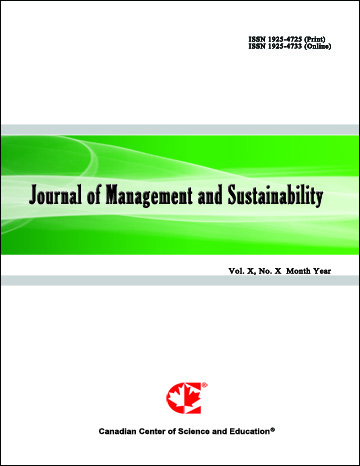How Can One Get Ahead in the Contemporary Labour Market of China? — Examining the Changing Stratification Mechanisms through Job-Attainment Patterns
- Jing Shen
Abstract
Using the 2003 China General Social Survey data, this study explores the changing stratification mechanisms in transitional China by examining the relative importance of three job-attainment channels, namely, state-led hiring, market-led hiring, and guanxi-led hiring. I argue that the labour market of post-socialist China is co-stratified by political power and the market. These two forces have achieved an equilibrium in which market strength is subject to political power. Firstly, the increasingly importance of education is not due to the emergence of the market, because state-led hiring has even stricter educational criteria. Guanxi is no longer a driving force of stratification, since guanxi-led hiring is more utilized by the disadvantaged. Second, an increasing tendency of market-led and guanxi-led hirings accompanied by a decline of state-led hiring is evident, over time and across space. Thus, new opportunity structures have indeed expanded, making it possible to move upwards outside of the state-controlled system. Third, Quantile Regression estimations show that the dominance of political power penetrates from the lowest to highest social stratum, so that being hired by the state-controlled channel is the most likely means of upward mobility. The market channel pays off only for the top social stratum.
- Full Text:
 PDF
PDF
- DOI:10.5539/jms.v3n2p132
Journal Metrics
Google-based Impact Factor (2021): 1.54
h-index (July 2022): 37
i10-index (July 2022): 147
h5-index (2017-2021): 12
h5-median (2017-2021): 19
Index
- Academic Journals Database
- ANVUR (Italian National Agency for the Evaluation of Universities and Research Institutes)
- CAB Abstracts
- CNKI Scholar
- EconBiz
- Excellence in Research for Australia (ERA)
- GETIT@YALE (Yale University Library)
- Harvard Library
- HeinOnline
- Infotrieve
- JournalTOCs
- LOCKSS
- MIAR
- PKP Open Archives Harvester
- RePEc
- Scilit
- SHERPA/RoMEO
- Stanford Libraries
- UCR Library
Contact
- Evelyn XiaoEditorial Assistant
- jms@ccsenet.org
